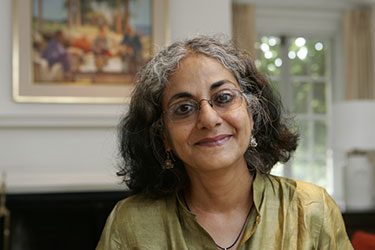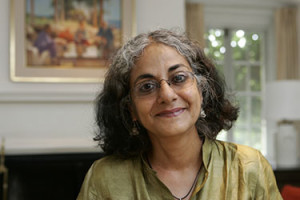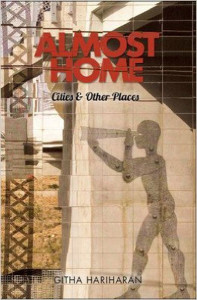

Where do you place Almost Home in your entire oeuvre of writing?
In a way, it sums up all my earlier books, even though those are fiction. What I wanted to do in Almost Home is sum up “the view from here”—look at the places we come from, past and present in India, but also places elsewhere, and what they tell us, not only about the people there, but about ourselves. I think of Almost Home as the kind of non-fiction that would be written only by a fiction writer. When a historical figure – it could be Frantz Fanon, or it could be Hans Christian Anderson – is being located in place and time, the only way I could make them vivid is by “fictionalizing”. Speculating on what they were like as people, what it was about the ideas of the times that drove them.
Were the essays written and published separately and then brought together? Or did you conceive of them as an integrated whole?
There were bits of some of the essays I wrote over the years as part of a column I used to do for the Telegraph in Kolkata. But it was the idea of the view from here – from a cosmopolitan India – that got me writing more, and writing new essays. As I wrote, I realized what the book was about was home – a feeling of belonging, multiple homes, in-between homes, pretend-homes, the search for home and, of course, homelessness.
Are you taking the themes explored in the book further?
Given the times we are living in, in India in particular, I have been writing and speaking about reclaiming home, and the contestation between “real” home and “fabricated” home.

by Githa Hariharan
Gyaan Adab Centre
